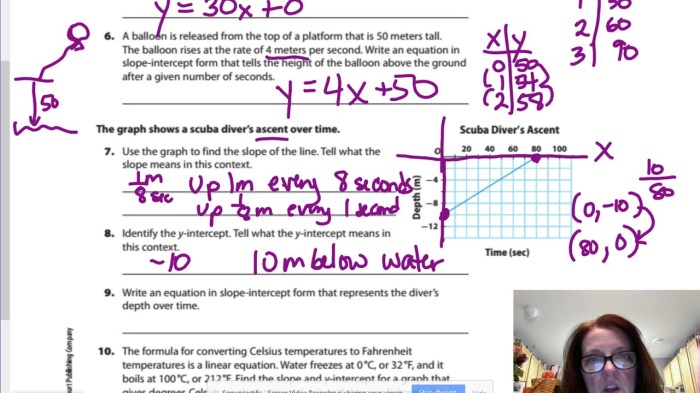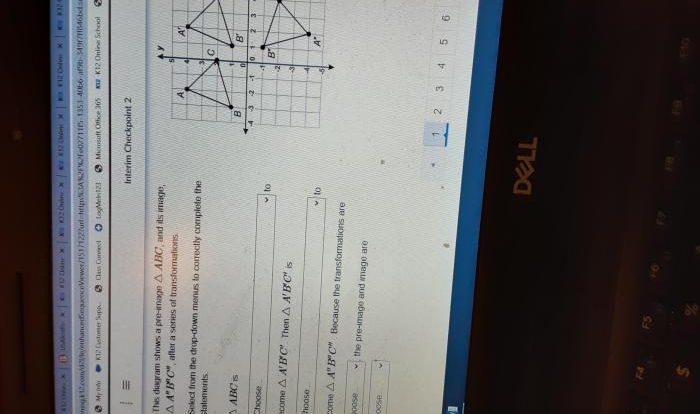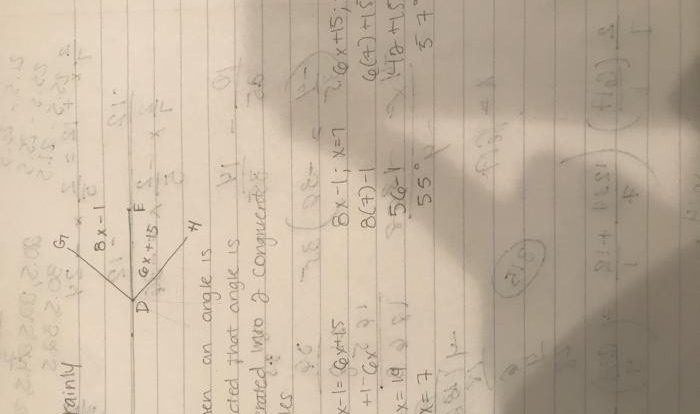Module 4 Lines and Angles Module Quiz B Answers provides students with a thorough understanding of the fundamental concepts of lines and angles in geometry. This comprehensive guide offers a detailed explanation of the significance of lines and angles, explores the various types, and presents real-world applications.
By engaging with this module, students can enhance their understanding of these essential geometric elements and excel in their mathematical endeavors.
1. Key Concepts
Lines and Angles

Lines and angles are fundamental concepts in geometry, forming the building blocks of more complex shapes and figures. They play a pivotal role in understanding spatial relationships, measurements, and geometric constructions.
There are various types of lines and angles, each with its unique properties and characteristics. Lines can be straight, curved, or a combination of both, while angles can vary in measure from 0 to 360 degrees. The study of lines and angles is essential for comprehending the structure and properties of geometric objects.
2. Module 4
Lines and Angles Module Quiz B

Purpose and Structure
Module 4 Quiz B is an assessment tool designed to evaluate students’ understanding of lines and angles. It comprises multiple-choice questions that cover specific topics related to these concepts.
Specific Topics Covered
- Types of lines and angles
- Properties of lines and angles
- Relationships between lines and angles
- Applications of lines and angles in real-world scenarios
Format and Assessment
The quiz consists of 10 multiple-choice questions. Each question presents a scenario or problem related to lines and angles, and students must select the best answer from the provided options. The quiz assesses students’ ability to identify, classify, and apply their knowledge of lines and angles in different contexts.
3. Quiz Answers
| Question | Answer | Explanation |
|---|---|---|
| Identify the type of angle formed by two intersecting lines. | Obtuse | The given figure shows two lines intersecting at a point, forming an angle that is greater than 90 degrees but less than 180 degrees, making it an obtuse angle. |
| Determine the measure of the complement of a 30-degree angle. | 60 degrees | The complement of an angle is another angle that, when added to the given angle, results in a 90-degree angle. Therefore, the complement of a 30-degree angle is 60 degrees. |
| Classify the type of line that passes through two points and is perpendicular to a third line. | Transversal | A transversal is a line that intersects two or more other lines. In this case, the line passes through two points and is perpendicular to a third line, indicating that it is a transversal. |
| Identify the relationship between two parallel lines and a transversal. | Corresponding angles are congruent. | When a transversal intersects two parallel lines, the corresponding angles formed are congruent. This is because the lines are parallel, indicating that they have the same slope and therefore create congruent angles when intersected by a transversal. |
4. Practice Problems
- Find the measure of an angle that is supplementary to a 120-degree angle.
- Determine the type of angle formed by two lines that intersect at a right angle.
- Identify the relationship between two lines that are perpendicular to each other.
Step-by-Step Solutions
- Supplementary anglesadd up to 180 degrees. So, if one angle is 120 degrees, the supplementary angle must be 180
120 = 60 degrees.
- When two lines intersect at a right angle, they form right angles, which measure exactly 90 degrees.
- Two lines that are perpendicular to each other form perpendicular lines. This means that they intersect at a right angle.
5. Additional Resources
Online Resources, Module 4 lines and angles module quiz b answers
Books and Textbooks
- Geometry for Dummies by Mark Ryan
- Euclid’s Elements by Euclid
Glossary of Terms
- Acute angle:An angle less than 90 degrees.
- Obtuse angle:An angle greater than 90 degrees but less than 180 degrees.
- Right angle:An angle that measures exactly 90 degrees.
- Straight angle:An angle that measures exactly 180 degrees.
FAQ Overview: Module 4 Lines And Angles Module Quiz B Answers
What is the purpose of Module 4 Lines and Angles Module Quiz B?
Module 4 Lines and Angles Module Quiz B is designed to assess students’ understanding of the concepts of lines and angles covered in Module 4.
What topics are covered in Module 4 Lines and Angles Module Quiz B?
The quiz covers various topics related to lines and angles, including their definitions, types, properties, and applications.
How is Module 4 Lines and Angles Module Quiz B structured?
The quiz typically consists of multiple-choice questions, short answer questions, and problem-solving questions.

